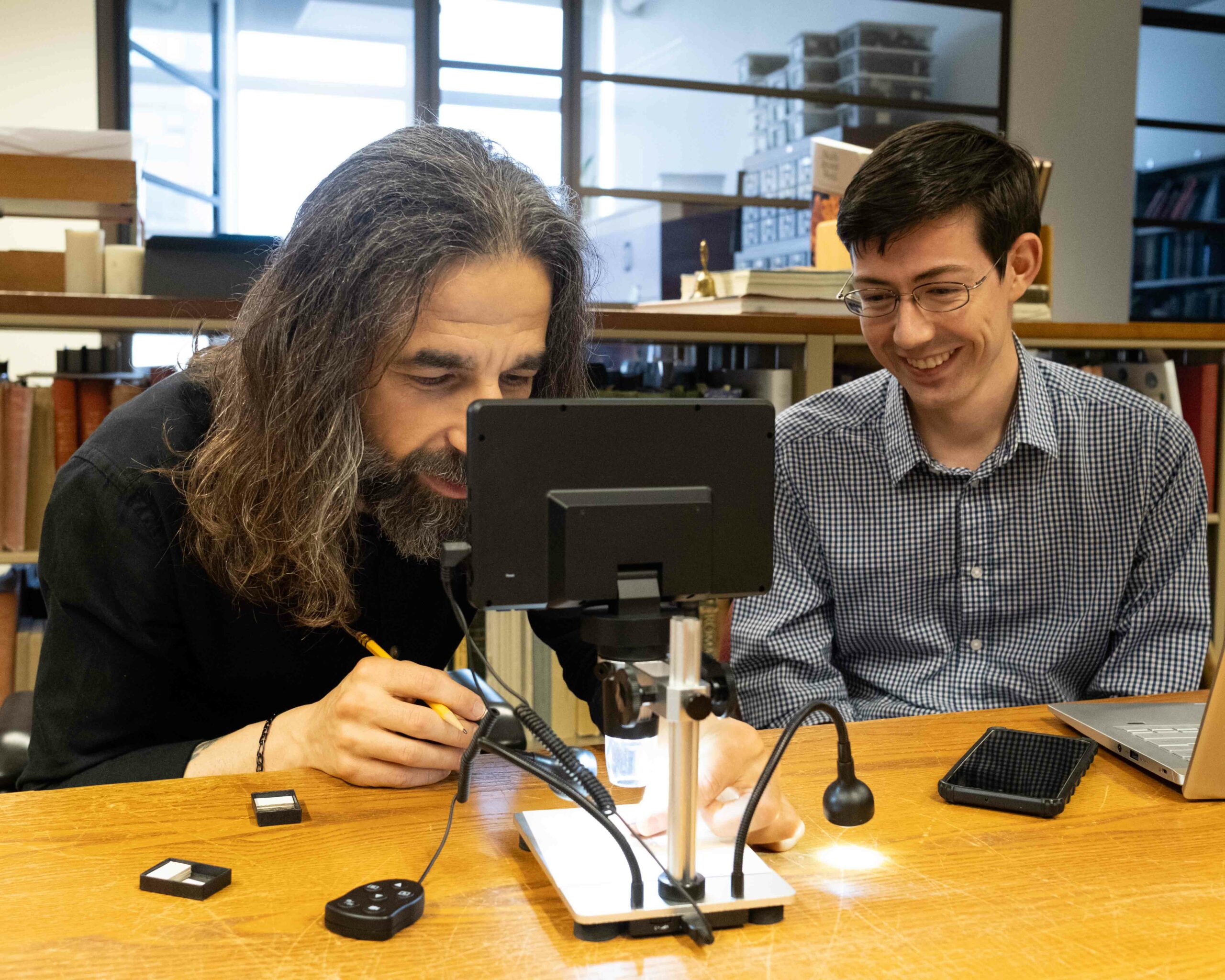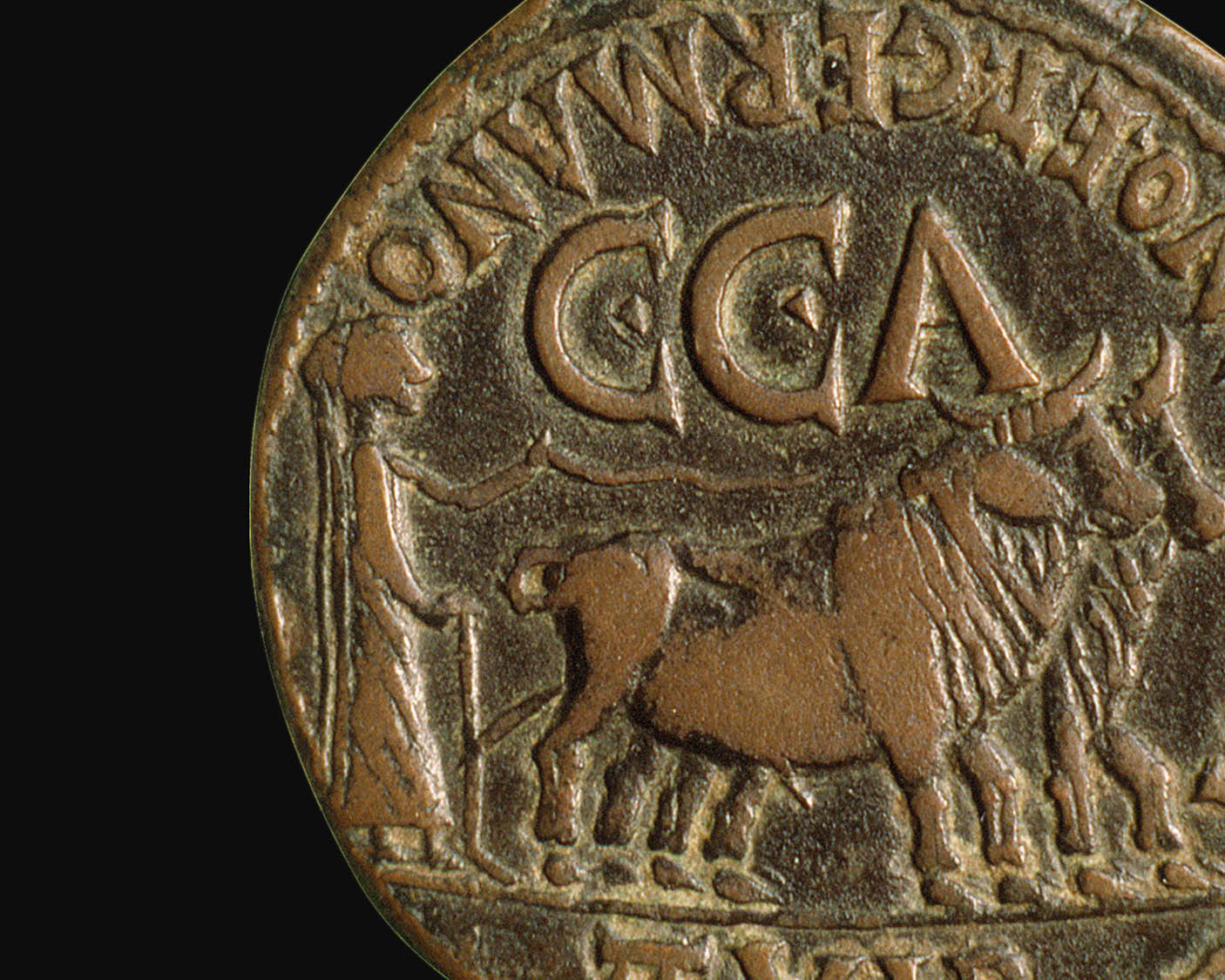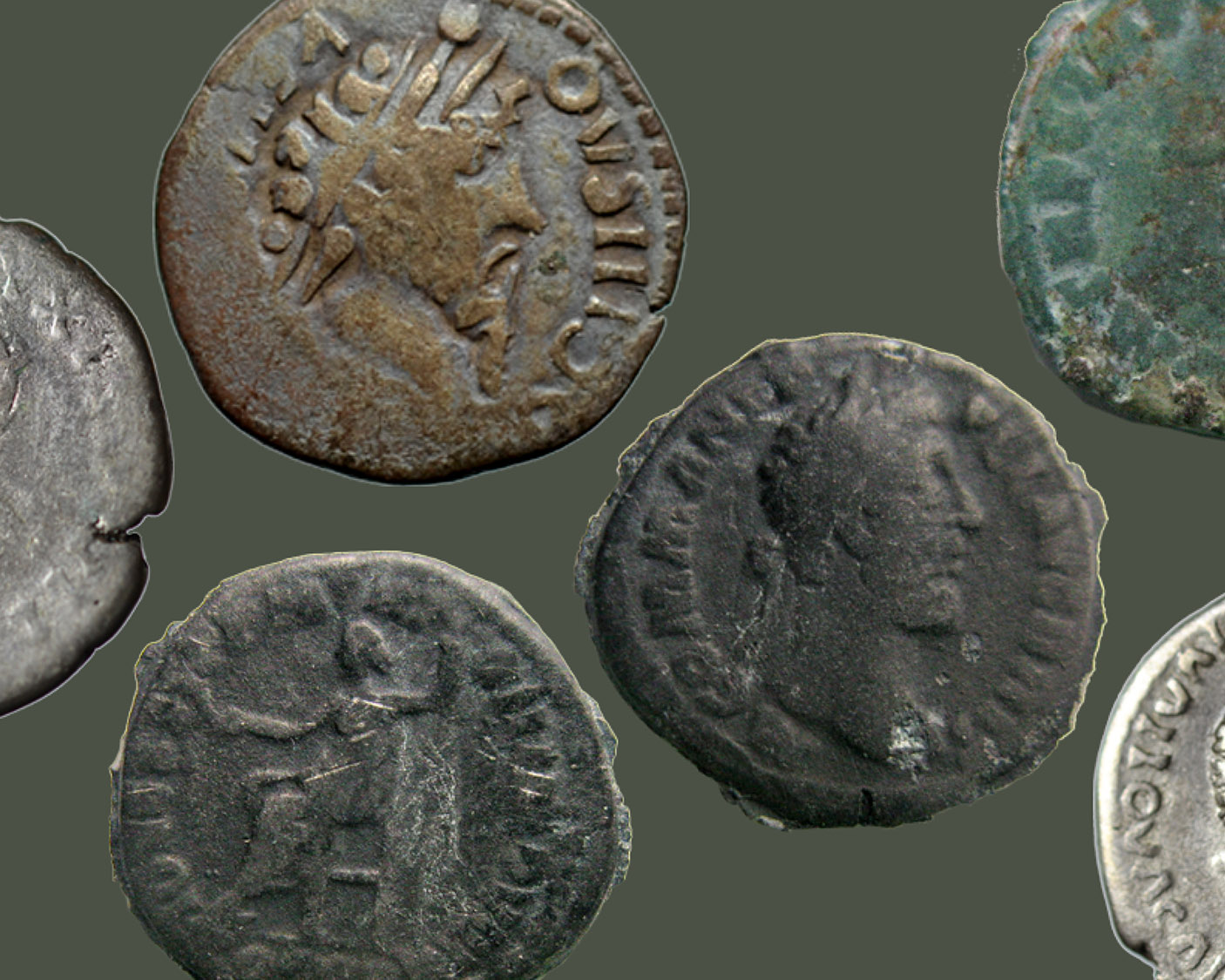The Enlightenment: The 18th Century
Return to Drachmas, Dubloons, and Dollars homepage
The 18th century was an age of frequent and costly warfare between the states of Europe and, in the case of Great Britain, between mother country and colony. The immense expense of fighting against the American Revolution and, later, against Napoleon created such a shortage of precious metal coinage that from 1797 to 1821, the Bank of England would not redeem paper notes for coinage.
Despite the fighting, the period was also one of great expansion for the European powers. Trading companies from Britain, France and the Netherlands brought their goods to India and Indonesia, and to the Native peoples of North America, thereby establishing a presence in lands formerly untouched by Europeans. European expansion in Eastern areas often hastened, or was occasioned by, the decline of the great empires of the Ottoman Turks, the Safavid Persians and the Mughals of India.
The Physiocrats, a circle of Enlightenment philosophers, developed the modern science of economics in this period. In opposition to the heavy trade restrictions of earlier merchantilist theory, they promoted free market economies with little government intervention. Their most famous successor, Adam Smith (1723-1791), theorized that the free market leads people to unintentionally promote society’s interests while pursuing their own.
The period was also notable for several ill-advised economic schemes. Such as the South Sea Bubble (1717-1721) and the Mississippi Scheme (1720). Excessive speculation combined with the issue of stock certificates and bank notes without proper financial backing led to ruin when the investment “bubbles” bust.
Georgian Britain
In the 18th century, Great Britain was ruled by Kings George I (1714-1727), George II (1727-1760), and George III (1760-1820). Under George III, Britain experienced a serious economic crisis due to the huge expenditures involved in financing wars with France and America. To alleviate the lack of proper British coinage, Spanish 8 reales, which had been stored in banks as bullion, were countermarked to permit their circulation in Britain. In 1804, the Bank of England used a steam press to replace the Spanish 8 reales with British emblems and indications of value.
Silver crown (1716) of George I.
Gold guinea (1776) of George III, depicting the king wearing a fashionable wig of flowing locks.
Gold guinea (1813) of George III, portraying him in the style of a Roman emperor.
Roman gold aureus (103-111) of Trajan (97-117). The Roman-style portraits of George III are based on this ancient model.
Spanish 8 reales (1795) piece of Charles IV (1788-1808) countermarked with the portrait of George III.
Silver Bank of England dollar (1804) of George III. Part of the original inscription naming Charles IV can still be read under the British inscription.
Silver 3 shilling bank token (1812) of George III.
Revolutionary France
After years of abuse by the nobility, and encouraged by the success of the American Revolution, on 14 July 1789 the people of France rose up in protest, beginning the French Revolution (1789-1799) with the goal of establishing a constitutional government. Although the Revolution began with relatively moderate reforms, by 1793 Louis XVI and Marie Antoinette had been sent to the guillotine. Soon, the Revolution turned into the Reign of Terror, which revolutionary factions used to remove their political opponents. The escalating violence was only stopped when general Napoleon Bonaparte established himself as the First Consul of France (1801-1804).
Gold louis d’or (1790) of Louis XVI (1774-1792).
Bronze jeton (18th century) showing men pressed into service to work on a palatial residence.
Bronze token worth 5 sols (1792), produced by the Monneron brothers, Paris. The token commemorates the Oath of Federation (14 July 1790) in which allegiance was sworn to the new French constitution.
Silver 6 livres (1793) of the first French Republic, depicting the Genius of France writing the constitution.
Silver 5 francs (1798) of the first French Republic (1792-1804), depicting the Hercules (center) with personifications of Liberty (left) and Equality (right).
Bronze 2 decimes (1795) of the First French Republic, depicting Marianne, the personification of the Republic.
Silver 2 francs (1803) of the First French Republic with a portrait of Napoleon Bonaparte as First Consul.
Bronze 2 baiocci (1798-1799) of the Roman Republic under French influence.
The War of Austrian Succession (1740-1748)
Dismayed when Maria Theresa, archduchess of Austria (1740-1780), ascended the throne, the male rulers of Europe formed a coalition to depose her. Despite early setbacks, Maria Theresa survived to construct a powerful Austrian state. Her thalers became one of the world’s most respected trade coins and were produced by different countries for trade with Africa up until the 20th century.
Austrian silver thaler (1750) of Maria Theresa.
Bavarian silver thaler (1743) of Carl Albert.
German silver trade thaler (1767) of Frederick II.
French silver écu (1725) of Louis XV.
Imperial Russia
Catherine II of Russia (1762-1796), popularly known as Catherine the Great, was another strong female ruler of the Enlightenment who tried to reform the government and laws of her country. Unfortunately, her reforms did not extend to the Russian serfs who still lived in terrible poverty and in virtual slavery to their lords.
Silver ruble (1780) of Catherine II, from St. Petersburg.
Bronze 10 kopek piece (1779) of Catherine II, from Siberia.
Ottomans, Safavids and Mughals
The 18th century was a period of decline for the three major Islamic dynasties. The Ottomans succumbed to Russian armies in the east and paid large reparations to Catherine the Great. The Persian Safavid dynasty was swallowed up by its Afghan enemies. Although much of India still recognized the authority of the Mughal emperors, their power was eroded by the British East India Company.
Ottoman silver altmishlik of Mustafa III (1757-1773).
Ottoman silver kurush of ‘Abd al-Hamid I (1774-1789).
Safavid silver 10 ‘abbasi (1719-1720) of Husayn I (1694-1722).
Safavid silver larin (1501-1732). Larins were produced specifically for trade with India.
Mughal gold mohur of Muhammad Shah (1719-1748).
North American Colonies and Trade
The French government produced special money—coins made in France and shipped to the New World—for use in Quebec and other North American colonial possessions. Wampum, strings of special beads or shells, was used for trade with the Native Americans. Wampum was already used by many tribes as a medium of exchange and as ritual objects before the coming of European settlers.
Copper 9 deniers (1721) of Louis XV, used in French colonial North America.
Iroquois white wampum from Brantford, Ontario.
Iroquois blue wampum from Brantford, Ontario.
Karok shell wampum from California.
The West Indies
The West Indian colonies made local coinage by ingenious methods. In French-controlled Dominica, Spanish 8 reales had pieces punched out of their centers to make “holey dollars,” valued at 2 bits. The pieces, called “dumps,” were worth 1 1/2 bits. In British Montserrat, Spanish 8 reales were cut into fractions and stamped for local use. The most common fraction was the cut quarter dollar or 2 bits, the ancestor of the modern quarter.
Spanish 8 reales of Charles IV (1792), punched in Dominica in 1798.
Center dump punched from a Spanish 8 reales piece.
Cut Spanish 8 reales made into a quarter dollar in Montserrat (1785-1801).
The East India Trade Companies
The British East India Company (1600-1874), wealthy from a monopoly on Indian trade, eventually gained control of India. For local use, the Company struck coins imitating those of the late Mughal Emperors. The Dutch East India Company (1602-1798), founded to expand Dutch trading interests in the East Indies, produced both European-style coinage and local coins decorated with Arabic script.
Silver rupee (1759) of the British East India Company, Bombay Presidency, imitating coins of the Mughal Emperor, Muhammad Shah (1719-1748).
Tin pice of the British East India Company, Bombay Presidency (1717-1741).
Silver rupee (1823-1824) of the British East India Company, Bombay Presidency, imitating coins of the Mughal Emperor, Shah Alam (1759-1806).
Silver ducaton (1738) of the Dutch East India Company, produced in the Netherlands.
Gold 4 rupee piece (1766) of the Dutch East India Company produced in Batavia, Java.
Return to Drachmas, Dubloons, and Dollars homepage
Other pages of the exhibit:
[posts_grid columns=”4″ rows=”6″ order_by=”date” order=”ASC” meta=”no” link=”yes” category=”DrachmasDubloonsDollars”]




